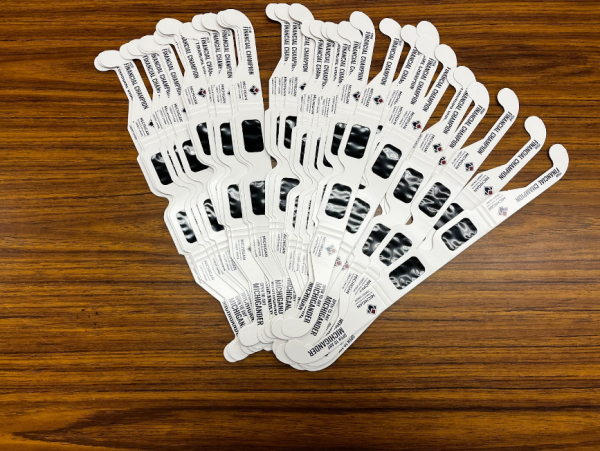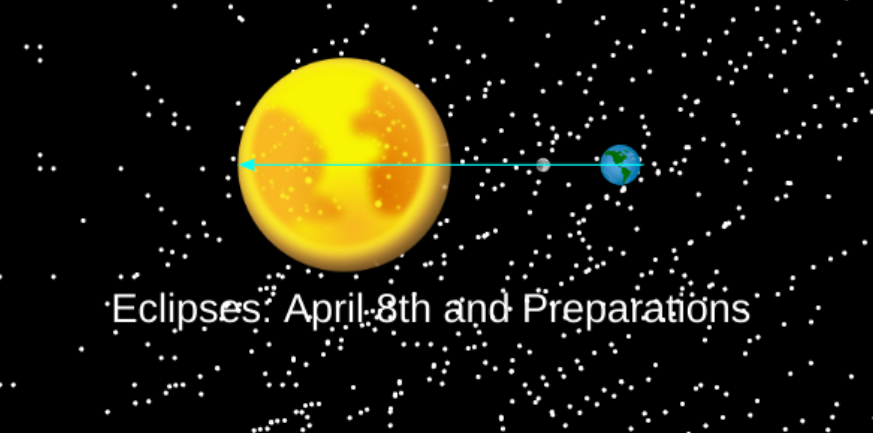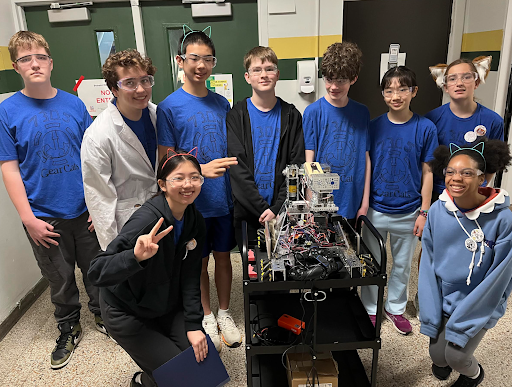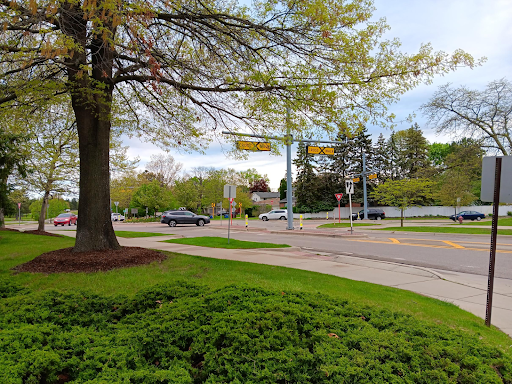On Monday, April 8, 2024, a solar eclipse will come to the U.S. Ann Arbor will be at 98.5% totality (the eclipse starts at 1:57 p.m. and goes on to 4:26 p.m.), and that is the same brightness as a cloudy day.
If you want to go to the closest location near Ann Arbor that has a totality of 100%, you would need to go to Toledo, Ohio. Their total eclipse starts at 3 p.m. and will end after one minute. 100% total eclipse also will take place in Texas, Oklahoma, Arkansas, Missouri, Illinois, Kentucky, Indiana, Ohio, Pennsylvania, New York, Vermont, New Hampshire, Maine and Tennessee. Only the southeasternmost corner of Michigan will be included in the total eclipse.
There are two types of eclipses: solar and lunar. A solar eclipse happens when the Moon is between the Earth and the Sun, while a lunar eclipse happens when the Earth is positioned precisely between the Moon and the Sun. They are both eclipses, but happen in different circumstances. The one that will occur in April will be solar. During the total eclipse, the stars and planets will appear as if it were nighttime; the sun will not be visible anymore.
However, total solar eclipses are quite rare (let alone be in a place where people live, that is even rarer), as they only happen once a decade. The next solar eclipse in the U.S. will be in 2044, a gap of 20 years later. Therefore, such an event may not be seen in many people’s lifetimes.
In Ann Arbor, you should wear solar eclipse glasses when observing the eclipse, whether indoors or outdoors. As Executive Director Liz Nowland-Margolis states, “here in Ann Arbor, we will not see a full eclipse (98.5% eclipsed). Even though a lot of the sunlight will be blocked at the maximum eclipse point for us, there will be some sunlight that is not blocked and we should only view the eclipse (all parts of it) while wearing our solar viewing glasses.” She continues that “the remaining 1.5% of sunlight is still very bright.”
She also says that all AAPS schools are receiving certified eclipse glasses for staff and students from the donation from the Michigan Schools and Government Credit Union.
Assistant Director at the Detroit Observatory Austin Edmister says that there are a few eclipses per year, but rarely in a place where mass population is present. Scientists can precisely predict when the eclipses take place by “using the latest physical models of the Earth, Moon, and Sun,” Edmister also says.
Edmister mentions as well that from the perspective of the Moon, an astronaut would see a round, dark shadow crossing the face of the Earth in only a couple hours. He continues that the shadow would have a dark core, representing the line of totality, and a radiating shadow from beyond that across the face of the Earth. He also stated that NASA has a fantastic simulation related to eclipses.
Even though we cannot go to the moon right now, we can still enjoy the eclipse provided here in the United States.

Michigan Schools & Government Credit Union provided 20,000 viewing glasses for the eclipse. Photo credit: Ryan Bezas









Ainsley • Apr 4, 2024 at 3:09 pm
This is a one time see for some people and as a lover for wanting to see the moon over the sun ( eclipse) i am so exited and I hope some of you will be able to see it to.
Anonymous • Apr 8, 2024 at 11:55 am
Yep, anyone going to Toledo for eclipse?